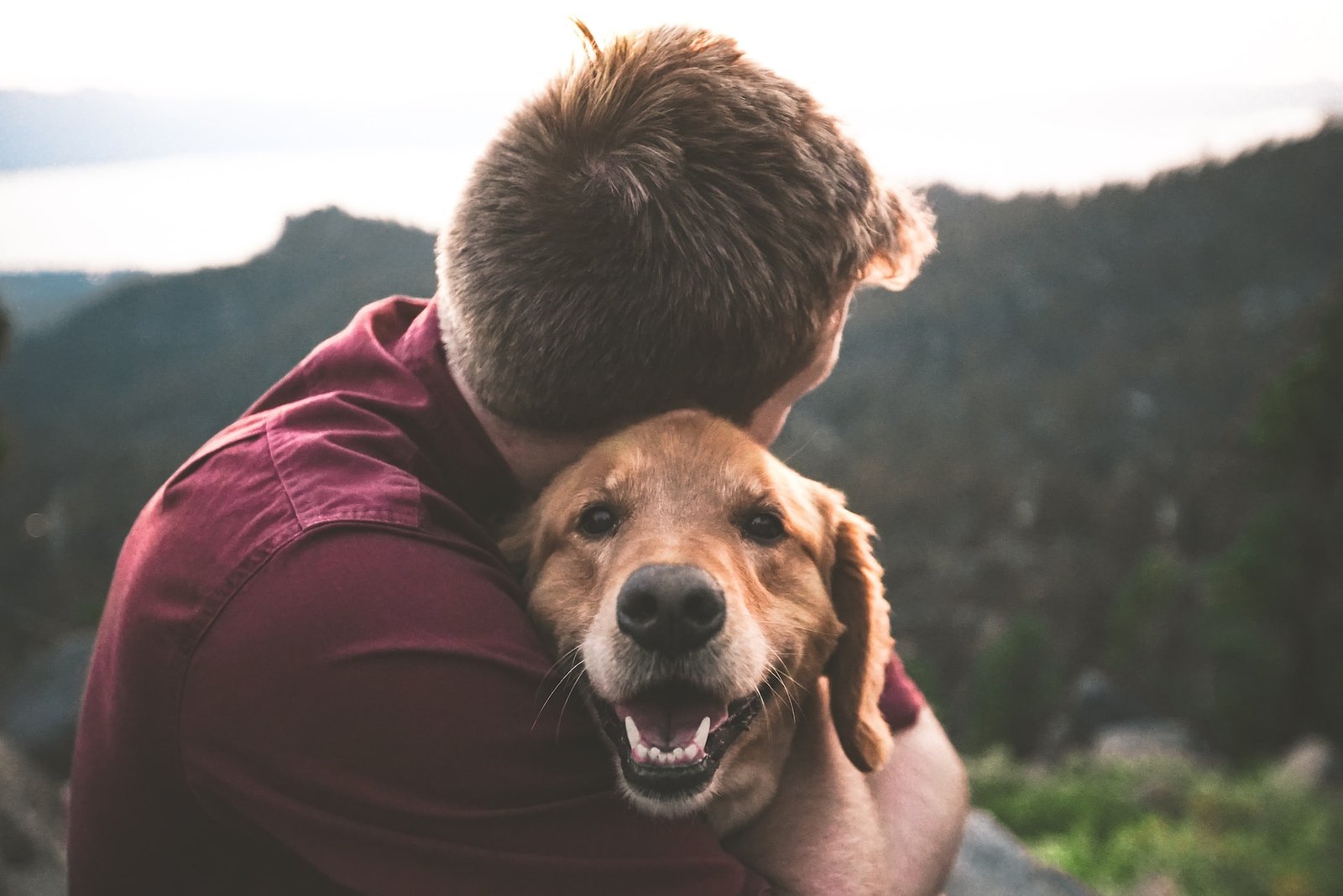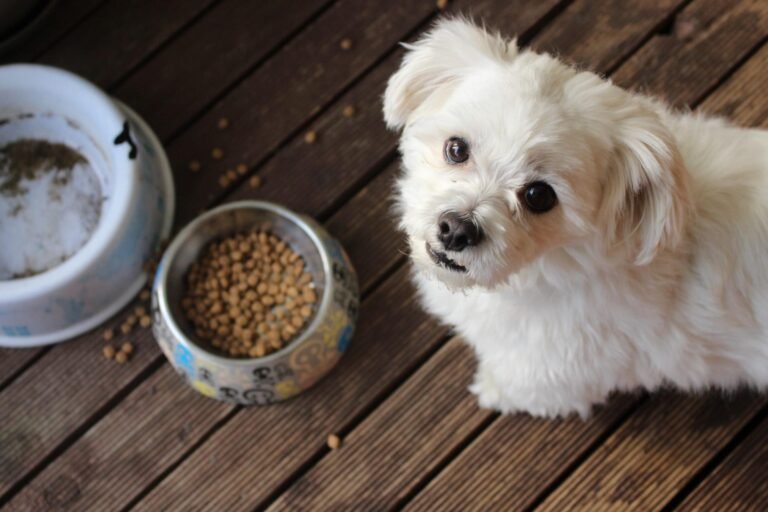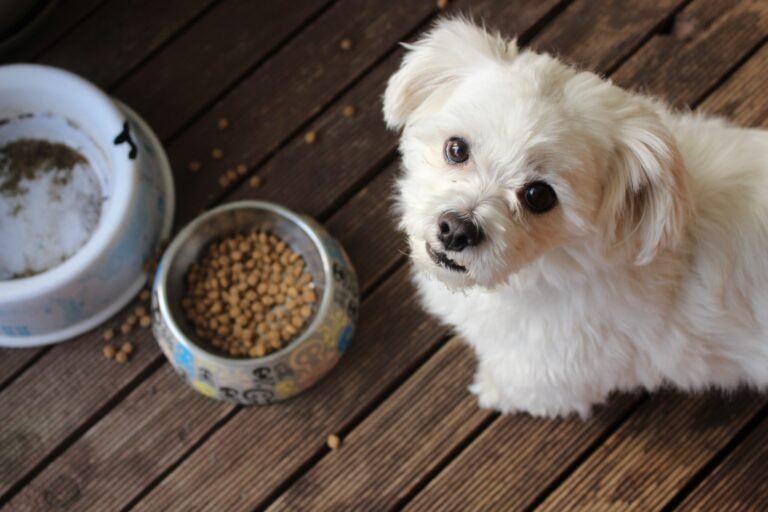Dogs:5 eating Disorders That Can Affect them

Dogs remains one of man’s best friends, without a doubt, especially for single people who find a way to remedy depression, neglect, or stress, but also for families with children who appreciate this extra companion !
but sometimes dogs can have seriouse Eating Disorders, here will see 5 eating disorders That Can Affect your Dog’s health.
To choose your dog, you will of course have to take into account your place of residence: apartment or house. And then, it will also be necessary to provide solutions for the holidays since a dog cannot stay alone at home for several days.
If you opt for a dog, also plan to devote a little time to him each day, if only to take him out for a walk and do his business. Like all of us, a dog also has dietary needs to meet and, unfortunately, from time to time medical concerns.
Here are 5 Eating Disorders That Can Affect Dogs
Eating disorders don’t just affect men. Dogs can also be affected. Some behaviors are very well known because they are similar to those that may concern us.
Others are less known or even rarer. Be aware that eating disorders in dogs are sometimes difficult to identify.
Because they indicate a form of discomfort in your companion, each eating disorder must be taken care of. Here is everything you need to know on the subject to better understand what your dog is suffering from.
1. Anorexia in dogs
In canines, anorexia is characterized by a total loss of appetite. Indeed, your dog no longer feeds. If your dog lacks appetite but eats even a little, he is not anorexic, he is suffering from dyslexia. Pseudo-anorexia is also different from anorexia.
It does not mean a loss of appetite but an inability to eat. Pseudoanorexia can occur when a dog suffers from dental disease or pain.

There are many causes of anorexia in dogs. However, in the vast majority of cases, this eating disorder is caused by an illness. Here is a non-exhaustive list of pathologies that should alert you:
- kidney, liver, and heart failure,
- cancers,
- hypercorticism,
- ketoacidosis,
- distemper,
- parvovirus,
- ehrlichiosis,
- piroplasmosis.
- It should be noted that some of these diseases can be prevented through vaccination. To this list are also added certain respiratory, digestive, neurological, or even immune pathologies.
- Food poisoning can also lead to anorexia. Finally, the eating disorder can be of psychological origin, this is the case if your faithful companion suffers from stress.
If you notice that your dog is no longer feeding, make an appointment with the veterinarian quickly. Anorexia is an emergency. If your dog has not fed for 5 days, he may die. Depending on the condition of your companion, the veterinarian can hospitalize him to place a probe.
If your animal is weakened but his life is not in danger, a treatment based on orexigenic will be proposed. It stimulates the animal’s appetite.
2. Bulimia in dogs
In dogs, bulimia is also an eating disorder. However, your faithful companion will not make himself vomit once his stomach is full. This is why canine bulimia is closer to hyperphagia or polyphagia. If your dog is concerned, he is constantly looking for food, whether he is hungry or not.
He will eat without limit, it is even possible that he will be sick. This compulsive behavior is difficult to diagnose. Indeed, most masters and sometimes even veterinarians think that the animal is greedy or that the croquettes are not rich enough.

In dogs, bulimia is caused by stress or depression. In some cases, periods of bulimia are alternated with periods of anorexia. Sometimes bulimia is a sign of diabetes or thyroid disorders.
In the case of overeating, it is important to monitor your dog’s weight. Obesity can be a consequence of bulimia. This overweight reduces the quality and life expectancy.
3. Coprophagia in dogs
Coprophagia is an eating disorder that causes more concern among owners than bulimia and sometimes anorexia. Paradoxically, this instinctive attitude is less dangerous for the dog. Coprophagia refers to the ingesting of feces. Dogs can eat their droppings, those of their congeners, cats, or even horses.

The causes of coprophagia are very difficult to identify. However, this eating behavior disorder is very common since it affects one in 400 dogs.
Vigilance is required because this behavior can result in food poisoning or the ingestion of internal parasites. Some causes are medical, others are dietary or psychological. Here are the recognized ones.
- Intestinal disorders
- The presence of intestinal parasites
- The enzyme deficiency
- The pancreatic deficit
- Poor diet (low-end products that are difficult to digest)
- The Depression
- Anxiety
- The stress
- Hormonal disorders
- brain tumor
- If your dog suffers from coprophagia, you should make an appointment with your veterinarian. Although this eating disorder is not life-threatening, it is important to define the origin of this eating disorder. Most often, a change in diet is enough for a return to normal. This one must be very progressive! Whether you feed your dog with kibble or mash, bet on quality products. They are easier to digest and keep your pet healthy.
4. Pica in dogs
Pica is an eating disorder that is also found in cats. Affected dogs suffer from obsessive-compulsive disorder.
They eat anything they find, including food and sometimes inedible objects. It can be cotton, paper, soil, stones, and even small dangerous objects.

Pica can be dangerous to the health and life of the animal. The dog can suffer from food poisoning, occlusion, or a perforation in the digestive system. The causes of pica are largely psychological. Your dog can develop this eating disorder if he is suffering from stress or anxiety.
Eating allows you to calm down. It is not uncommon for affected canines to eat whatever they find out of boredom or to combat loneliness. Hs-Ha syndrome (hypersensitivity-hyperexcitability) is also a proven cause of pica.
Pica is an eating disorder in dogs that requires veterinary care. It is not uncommon for the professional to recommend the intervention of a behaviorist to help the dog regain a balance in life.
5. Gluttony in dogs
We grant you, gluttony is not a disease. However, it must be taken very seriously when it impacts the dog’s well-being. A gluttonous dog is a dog that eats too quickly. The consequences of this habit are many. The animal may suffer from flatulence.
They are certainly not dangerous but can be unpleasant for the dog if they are accompanied by pain and for you if they are odorous. A dog that eats too quickly does not chew enough. Dental problems may develop. In more severe cases, stomach torsion may occur.

Be aware that some dogs are naturally very greedy. This is the case of the Labrador, the Great Dane, or the French Bulldog.
How to deal with eating disorders in a dog ?
If you think your faithful companion has an eating disorder, you should start by watching him eat.
- Is your dog eating too fast?
- Does your dog finish the contents of his bowl?
- Is your dog hungry?
- Does your dog eat anything other than kibble?
- Has your dog gained weight or lost weight?
- Is your dog less active?
- All of these questions will allow you to identify abnormal behavior. In addition to monitoring your dog’s weight, it is recommended to focus on his attitude. It is also good to take stock of the last few months. A major change could have triggered the eating disorders.
- Even if you have any doubts about the nature of the eating disorder, make an appointment with your veterinarian.






